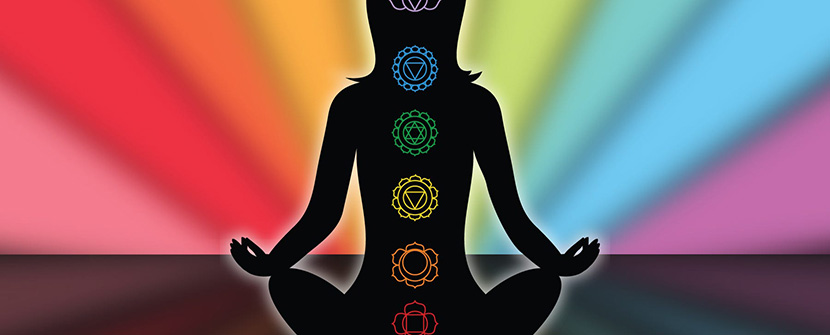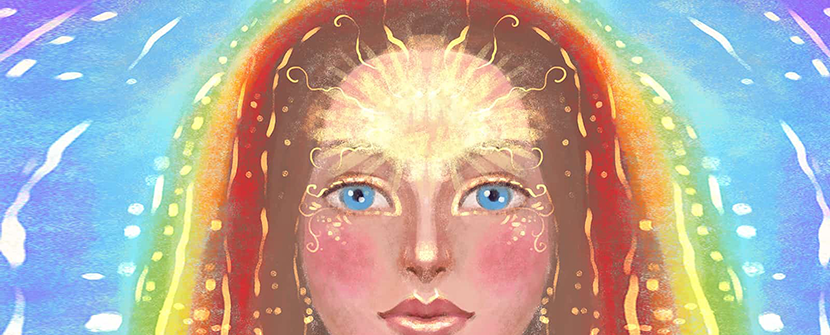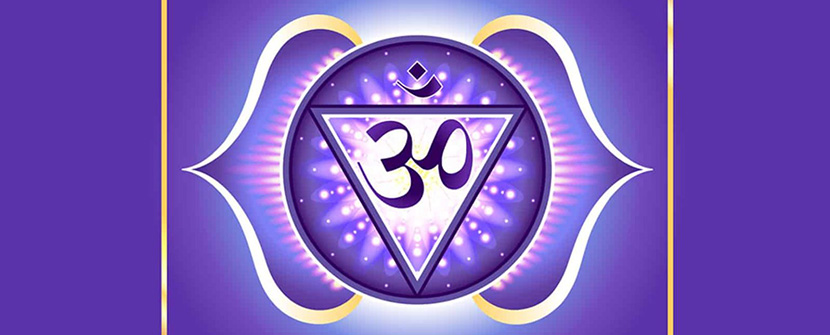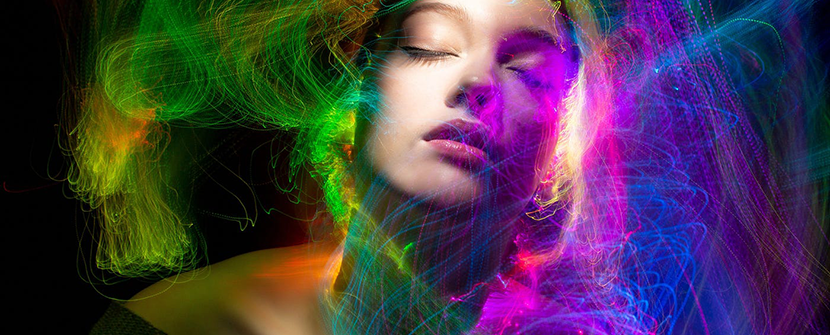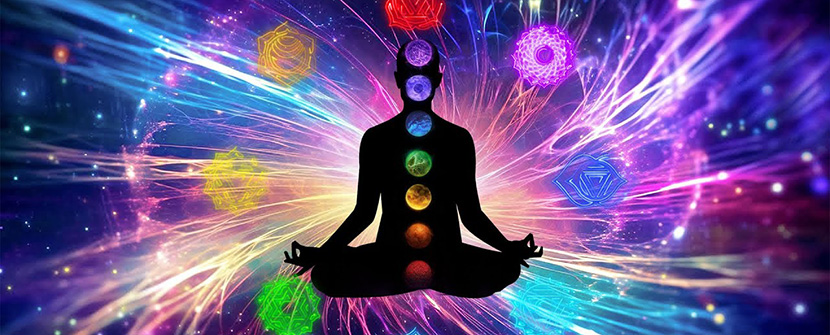Have you ever wondered about the mesmerizing array of colors that make up our world? From the lush green of nature to the fiery red of a sunset, colors have the power to evoke emotions and influence our well-being. In the realm of spirituality and holistic health, chakra colors play a vital role. Chakras are energy centers within our bodies, and each is associated with a specific color and meaning. In this blog post, we'll take a deep dive into the fascinating world of chakra colors and their meanings, helping you understand how they can impact your physical, emotional, and spiritual well-being.
The Chakra System: An Overview
Before we delve into the individual chakra colors and their meanings, let's first understand what chakras are and how they function. The term "chakra" is derived from the Sanskrit word for "wheel" or "disk," and these energy centers are often depicted as spinning vortexes within our bodies. There are seven primary chakras aligned along the spine, each corresponding to a specific area and aspect of our being.
Root Chakra (Muladhara) - Red
We begin our journey with the Root Chakra, located at the base of the spine. It is associated with the color red, symbolizing grounding, stability, and our connection to the physical world. When this chakra is balanced, we feel secure, confident, and anchored. However, an imbalance can lead to feelings of insecurity and instability.
Sacral Chakra (Svadhisthana) - Orange
Moving up the spine, we come to the Sacral Chakra, associated with the color orange. This chakra governs our creativity, passion, and sexuality. A balanced Sacral Chakra fosters emotional well-being and healthy relationships, while an imbalance can result in emotional turmoil or creative stagnation.
Solar Plexus Chakra (Manipura) - Yellow
Next in line is the Solar Plexus Chakra, which is linked to the color yellow. This chakra is the seat of our personal power and self-esteem. When in balance, it encourages self-confidence, motivation, and a strong sense of self. On the other hand, an imbalanced Solar Plexus Chakra may lead to feelings of inadequacy and self-doubt.
Heart Chakra (Anahata) - Green
The Heart Chakra, represented by the color green, resides in the center of the chest. It governs love, compassion, and emotional healing. A balanced Heart Chakra fosters harmonious relationships and a deep connection to all living beings. When imbalanced, it can lead to heartache, resentment, or an inability to forgive.
Throat Chakra (Vishuddha) - Blue
Moving upwards, we encounter the Throat Chakra, associated with the color blue. This chakra governs communication, self-expression, and the ability to speak one's truth. When balanced, it encourages clear, authentic communication. An imbalance in the Throat Chakra may manifest as difficulty expressing oneself or speaking untruths.
Third Eye Chakra (Ajna) - Indigo
The Third Eye Chakra, often depicted with the color indigo, is located between the eyebrows. It represents intuition, inner wisdom, and insight. A balanced Third Eye Chakra enhances our perception and spiritual awareness. When imbalanced, it may result in confusion, lack of clarity, or difficulty trusting one's intuition.
Crown Chakra (Sahasrara) - Violet or White
At the pinnacle of the chakra system lies the Crown Chakra, associated with the colors violet or white. This chakra represents our connection to the divine, spiritual enlightenment, and universal consciousness. When balanced, it fosters a sense of unity and transcendence. An imbalance may lead to feelings of disconnection from the spiritual realm.
Balancing Your Chakras
Now that we've explored the individual chakra colors and their meanings, you might be wondering how to balance and align your chakras for optimal well-being. Here are some practical tips:
- Meditation: Regular meditation focused on each chakra can help balance your energy centers. Visualize each chakra's color while meditating to enhance the process.
- Yoga: Yoga poses and sequences designed for specific chakras can help open and activate them.
- Crystals: Certain crystals and gemstones are associated with each chakra and can be used in healing practices.
- Aromatherapy: Essential oils and scents can stimulate and balance chakras during meditation or yoga sessions.
- Chakra-balancing foods: Incorporate foods of the corresponding colors into your diet to support chakra healing.
Closing Thoughts
The world of chakra colors and their meanings is a fascinating journey into the interconnectedness of our physical, emotional, and spiritual selves. By understanding and working with the chakra system, we can enhance our overall well-being and lead more balanced, harmonious lives. Whether you're a seasoned practitioner or just beginning your exploration, the chakras and their vibrant colors offer a wealth of wisdom and healing potential for us all. Embrace the rainbow of energy within you and let your chakras shine bright!


